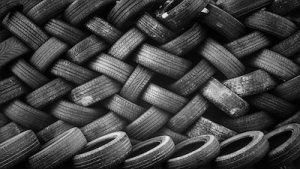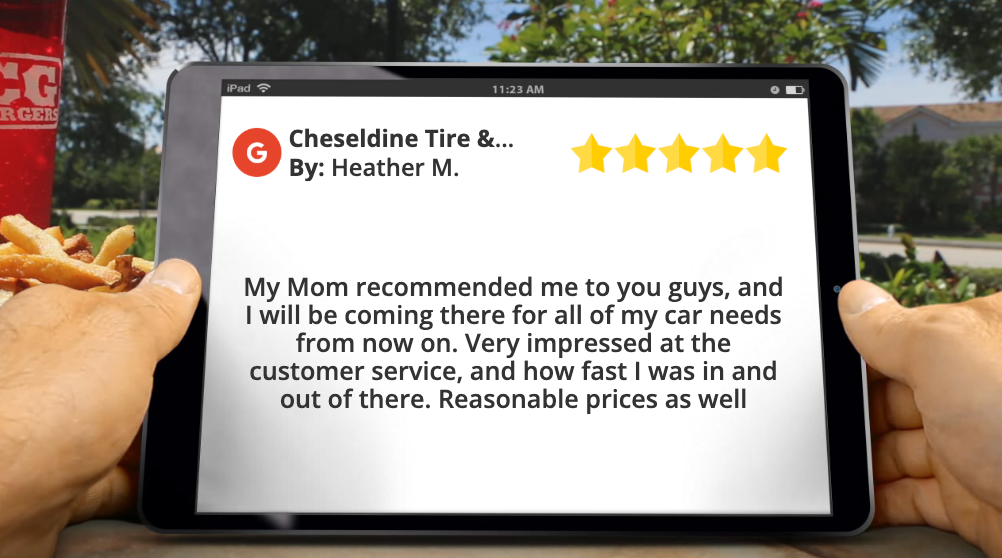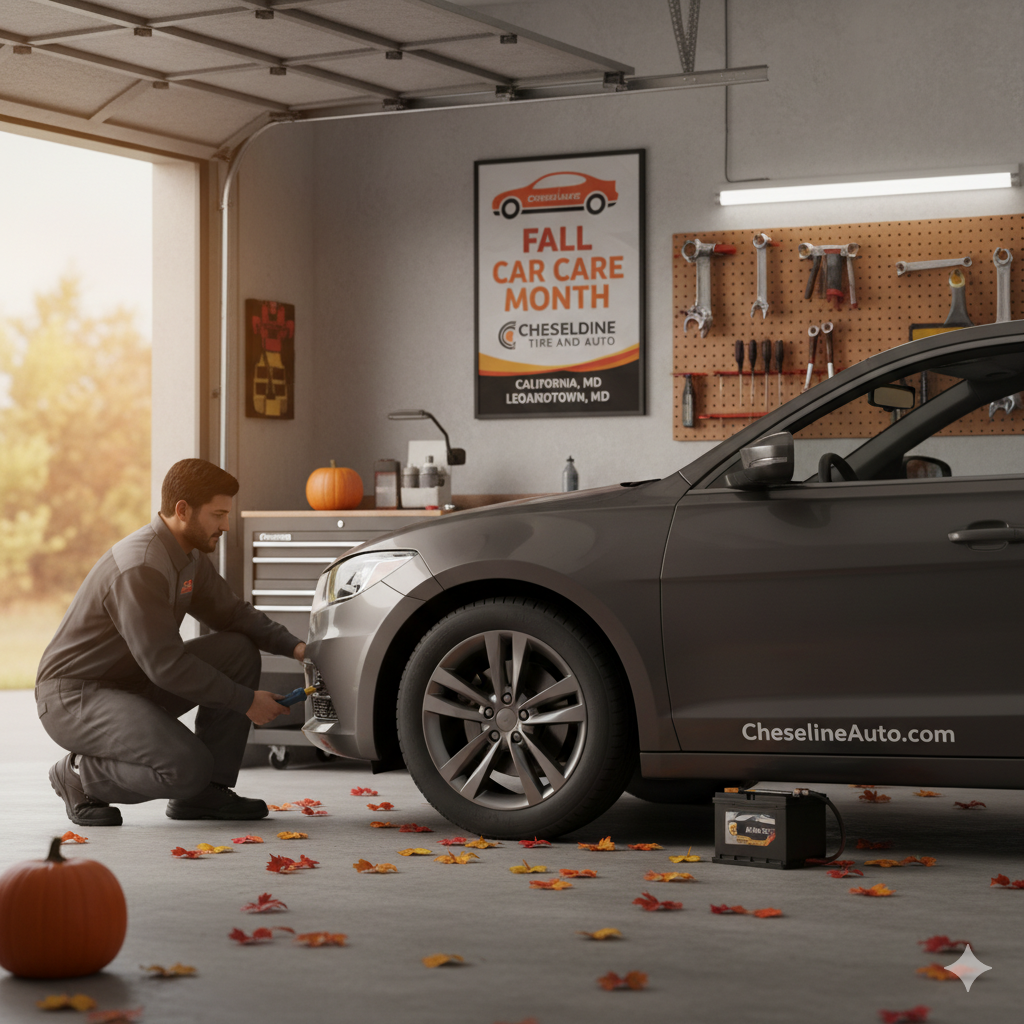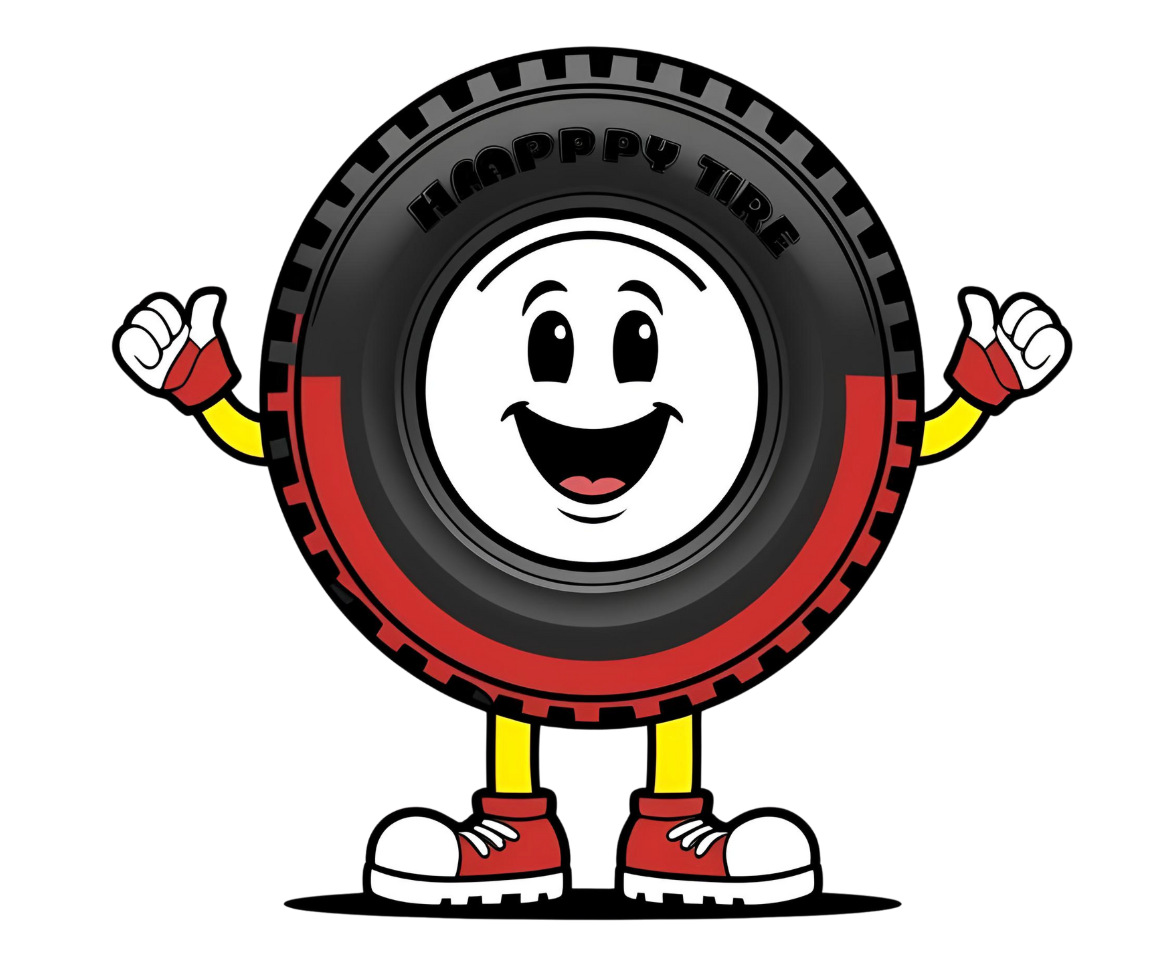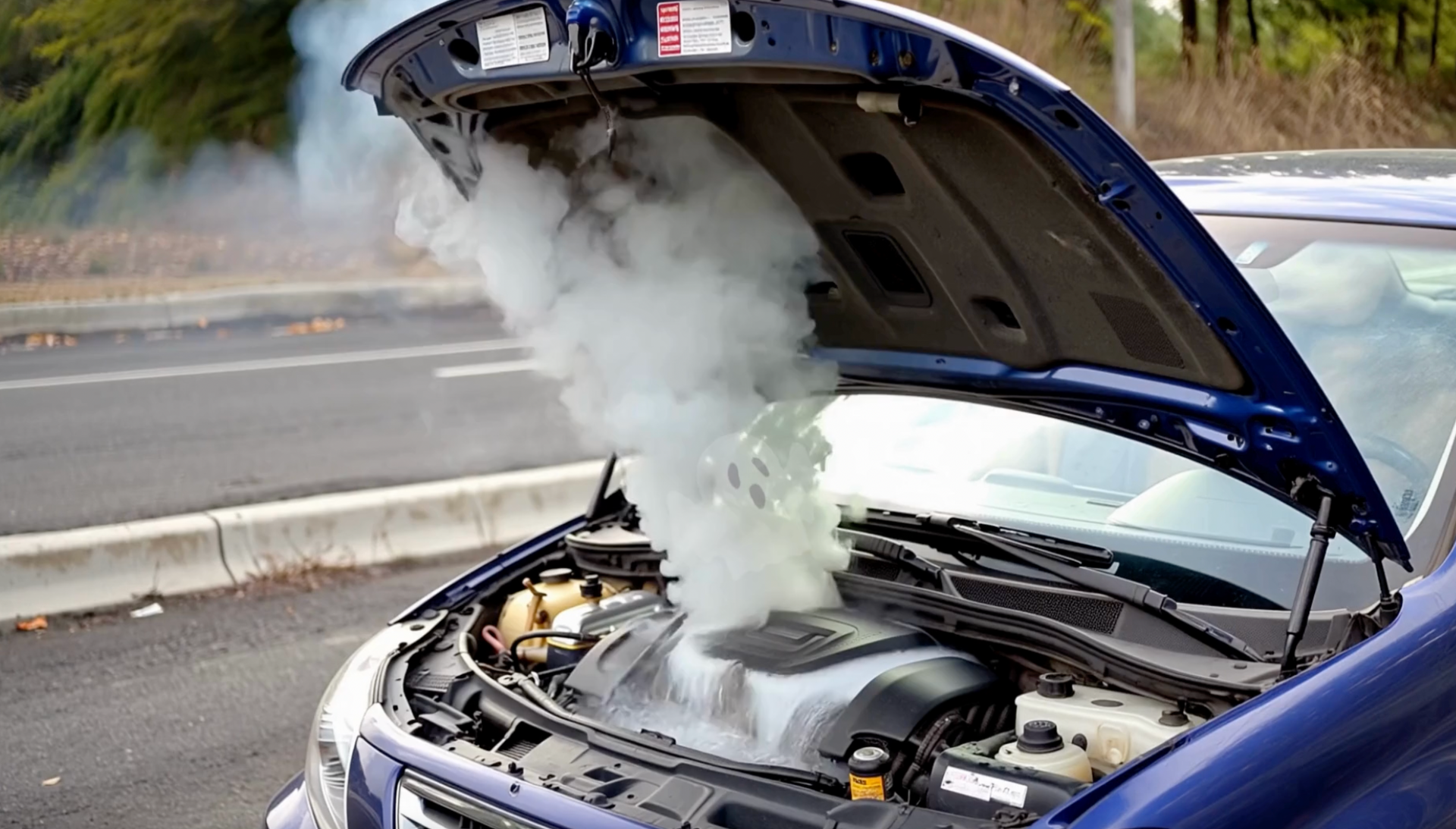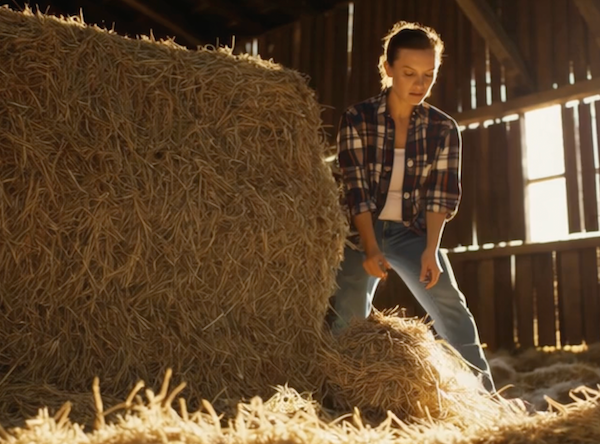Southern MD Tires: Finding the Right Tire Company
Tire company in Southern MDResidents of Southern MD have many things on their mind and this can lead to forgetting about such things as tires. A car will often serve its primary function of getting you out and about time and that means your tires will always be in contact with the road. We forget about this and cease to notice what tires can do. But, this does not mean we should avoid taking the steps to check the tires now and then.
Driving in Southern MD, tires take a fair bit of pressure. The Southern MD area had good roads, but they have become crowded. You may have to wait a while crossing the bridge. You may discover that Southern MD has been hard on your tires, or harder than you expected, and you need to replace one or two of them – or the entire set, which can set you back a nice chunk of change.
Tires have speed ratings that are set by the manufacturer and tie into the tread pattern and the formulation of the rubber. The higher on the scale speed rated tires are, the more road shock will be transmitted to the shock absorbers and lower rated tires will experience a smoother ride.
Know this when purchasing tires in Southern MD
A main thing to keep in mind when purchasing tires in Southern MD is the weather. Southern MD is known for all kinds of weather but recently has become very wet and rainy. It’s also is known for its icy and snow covered roads in the winter. This means the roads will have to be plowed and salted which, in turn, comes with scores of other problems. Specifically, you will discover tires may lose their traction as a result. That creates the potential to lose control of the car which further necessitates the need for better tires.
Once pure functionality has been taken care of, other factors for tires are worth considering – things like low noise tires, or tires that can run at a higher PSI (which saves gas) are all factors to think of. Luxury cars typically have a ‘comfort tire’ which gives a quiet and smooth ride, while higher performance cars use different formulations, meant to grip the road more aggressively and give tighter control.
It used to be a mandatory practice to swap your tires out in the spring and the fall for different road conditions in colder climates, but better rubber formulations haven’t made it as critical as it once was; it is, however, a good way to preserve the life of your tires, especially the more expensive cold weather ones, by not having them wear down on the summer streets. If you can’t afford two sets of tires, and the thought of changing all four of them sends you quivering, get a good set of all weather radials and work from there.
When it comes to purchasing tires, you do get what you pay for; buying higher grade tires means they last longer, and you save more money in the long run, due to longer replacement cycles, and usually better gas mileage. Tires have ratings in annual mileage; getting the tires that actually match your driving pattern (speed, mileage, weather) is a bit of a hassle, but far less of one than replacing a flat tire by the side of the road in the rain.
If you’re only replacing two tires, do yourself a favor – put the new tires up front and put your existing tires on the rear wheels of your car; this improves handling and helps you get the most out of your car on the road. It also maximizes your value out of the new tires – most American cars wear the rear tires out at a slower rate than the forward ones.

